In most cases, wooden hot tubs often require exceedingly more effort and maintenance than their fiberglass or polypropylene counterparts. The same is true for fully wooden saunas, regarding more modern ones, that incorporate many different materials. This is the price one must pay for a 100% natural experience.
The water-absorbing qualities of natural wood
Brand new wooden hot tubs are made with wooden planks, that have a very low moisture level during manufacturing. Once these panels are exposed to moisture by contact, depending on the wood type, it absorbs some of the water and expands as a result. Contrarily, fiberglass and polypropylene hot tubs tend to avoid this issue, as the wooden panels are not constantly in contact with water. Heat-treated wood is unique in the sense that its qualities make it less suited to absorb water and as a result expand. During the heat-treating process, the water inside the wood is evaporated along with condensing down its water capillaries. It is the perfect choice for places with high moisture levels all year round.
Commonly, the water absorption period for a new hot tub takes about 1-2 weeks. During this time, one can accelerate the process by using sawdust. Be advised, that bathing during this period is not suggested. Sawdust should be poured directly into the hot tub full of water. As the leaks cause the water to drain, the particles of sawdust attach to each other as well as the gaps and eliminate the leaks quicker.
Wood impregnation
Wood impregnations main purpose is to minimize the impact that the moisture has on the structure and well-being of the timber. We recommend impregnating the wood two times every year. It is best to do before and after winter since this season has the highest toll on the wood. When applying oil, make sure to only do so on the exterior of the tub, and not the interior. We recommend linseed oil for this process.
Maintaining a moisture level
Even though too much moisture isn’t good for timber, no moisture isn’t optimal either. If a hot tub is to completely dry out after having water inside, the wood tends to shrink ever so slightly, which can result in small leaks. The general idea is always to keep water inside the hot tub during the warmer part of the year. It does have to be completely full; 10-15 cm should be left to avoid overflow. If the tub needs to be emptied for cleaning, or some other reasons it should not be kept empty for an extended period.
Wooden hot tubs in winter. How to protect them?
Whereas one is expected to always keep some water inside the tub during the warm seasons, winter is the opposite, as keeping the tub empty is the preferred state. As water freezes, it tends to expand. This can damage the hot tub or even render it useless. The natural moisture levels during winter are enough to keep the wood moist enough to not shrink.
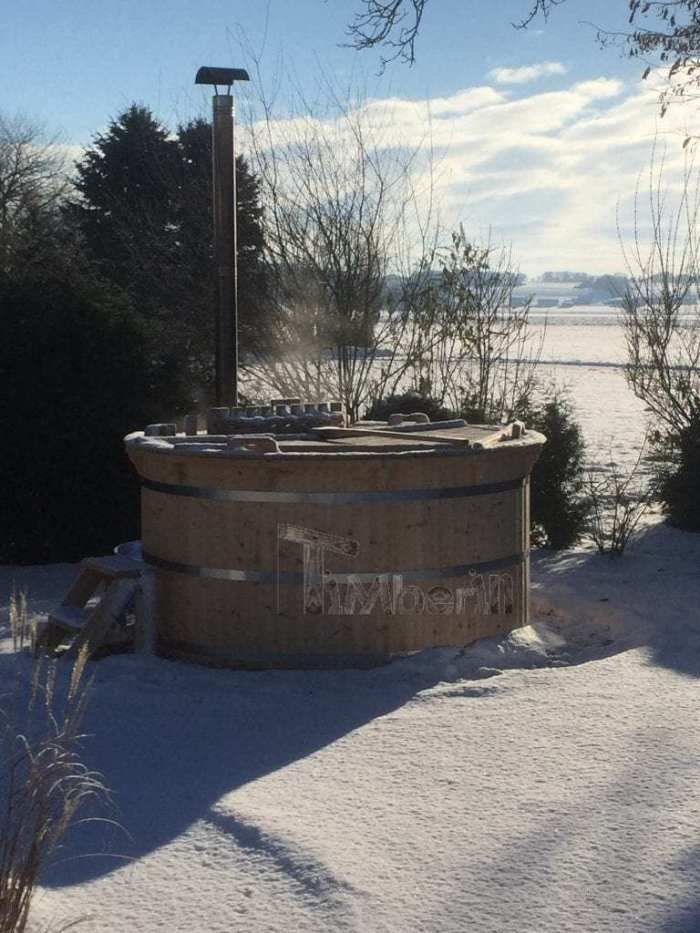




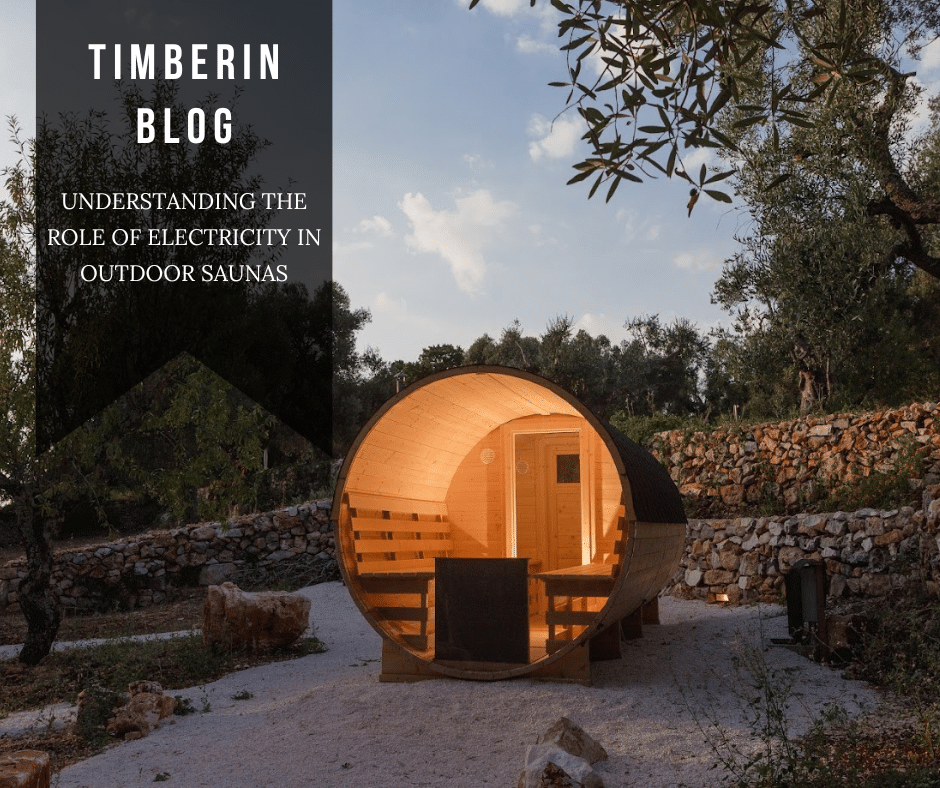
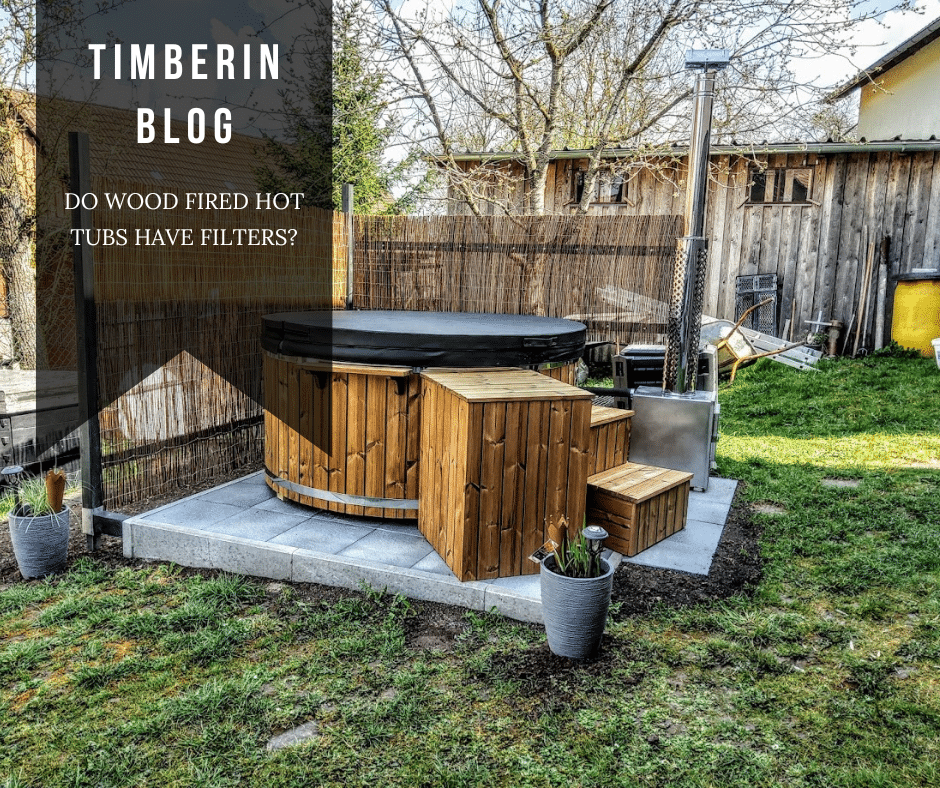


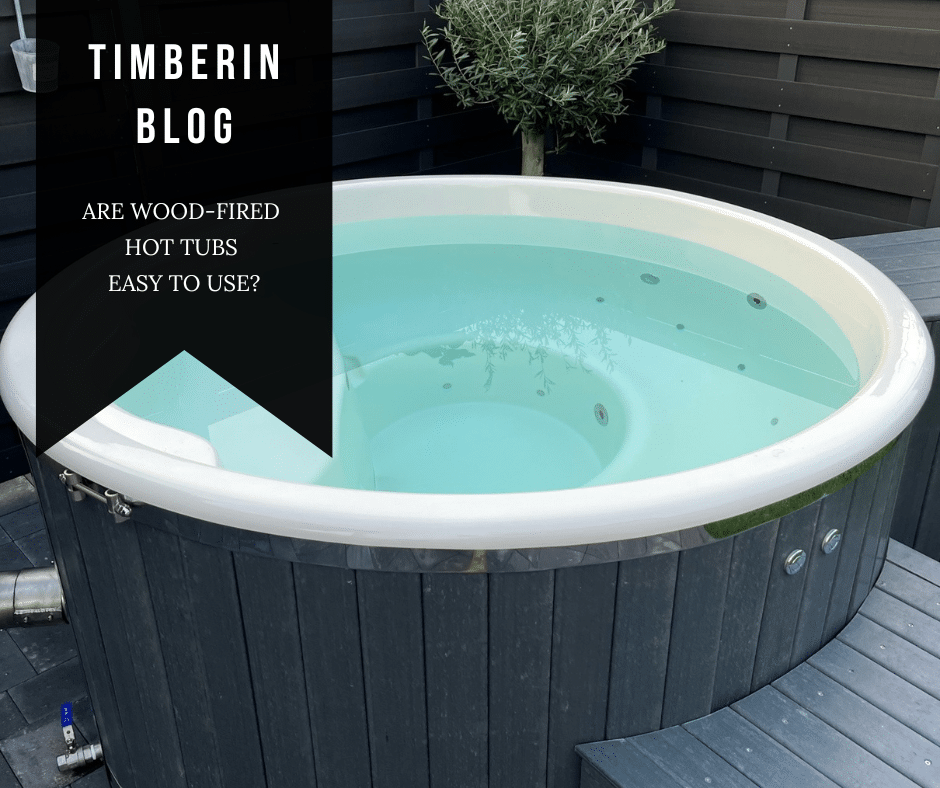
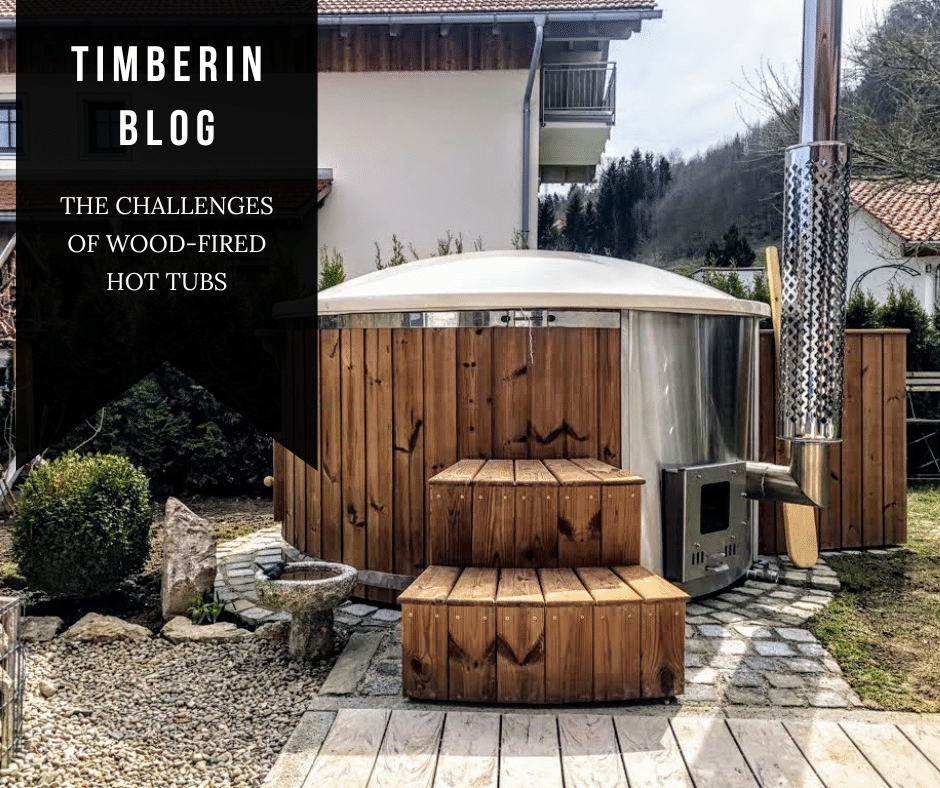


Leave A Comment